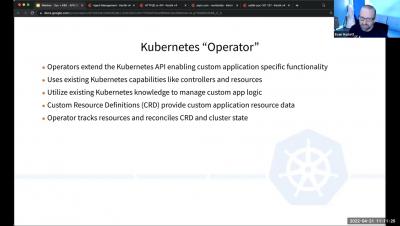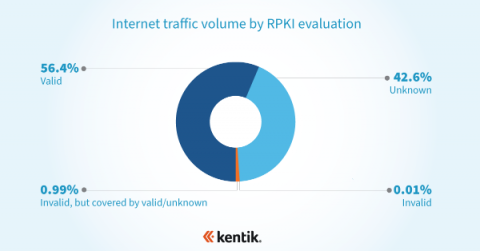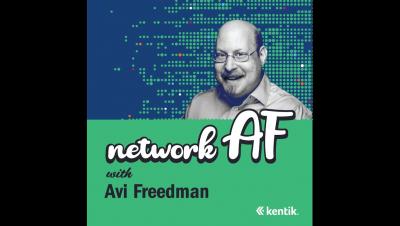Operations | Monitoring | ITSM | DevOps | Cloud
Kentik
Kubernetes Networking: How to monitor Kubernetes using synthetic testing
10 steps to modernize network monitoring
Using synthetics to get the big picture
Nobody actually cares about the network. Provocative words coming from a network visibility company, you might be thinking. However, consider what you’re doing right now. You’re reading a blog on a website, maybe clicking around other tabs, possibly streaming some music, and likely keeping an eye on your work chat. These are all applications, and that’s what we all truly care about, not the plumbing that delivers them.
The value of performance mesh testing for ISPs, CDNs, telcos and cloud service providers
4 steps to bring network observability into your organization
The vast majority of corporate IT departments have a network monitoring solution. Typically that solution is built on standalone software platforms. If that’s you, this post is for you. You’re probably hearing a lot about “observability” these days. Generally, that’s the ability to answer any question and explore unknown or unexpected problems to deliver great digital experiences to your users.
Peering, edge computing, and community with Grant Kirkwood | Network AF Episode 16
Measuring RPKI ROV adoption with NetFlow
Resource Public Key Infrastructure (RPKI) is a routing security framework that provides a mechanism for validating the correct originating autonomous system (AS) and prefix length of a BGP route. Route Origin Authorization (ROA) is a cryptographically signed object within the RPKI that asserts the correct originating AS and prefix length of a BGP route. For as long as the internet has existed, the challenge of securing its underlying protocols has persisted.
The evolution of network visibility
In the old days, it took a bunch of help desk tickets for an engineer to realize there was something wrong with the network. At that time, troubleshooting meant logging into network devices one-by-one to pore over logs. In the late 80s, SNMP was introduced giving engineers a way to manage network devices remotely. It quickly became a way to also collect and manage information about devices. That was a big step forward, and it marked the beginning of network visibility as we know it today.











